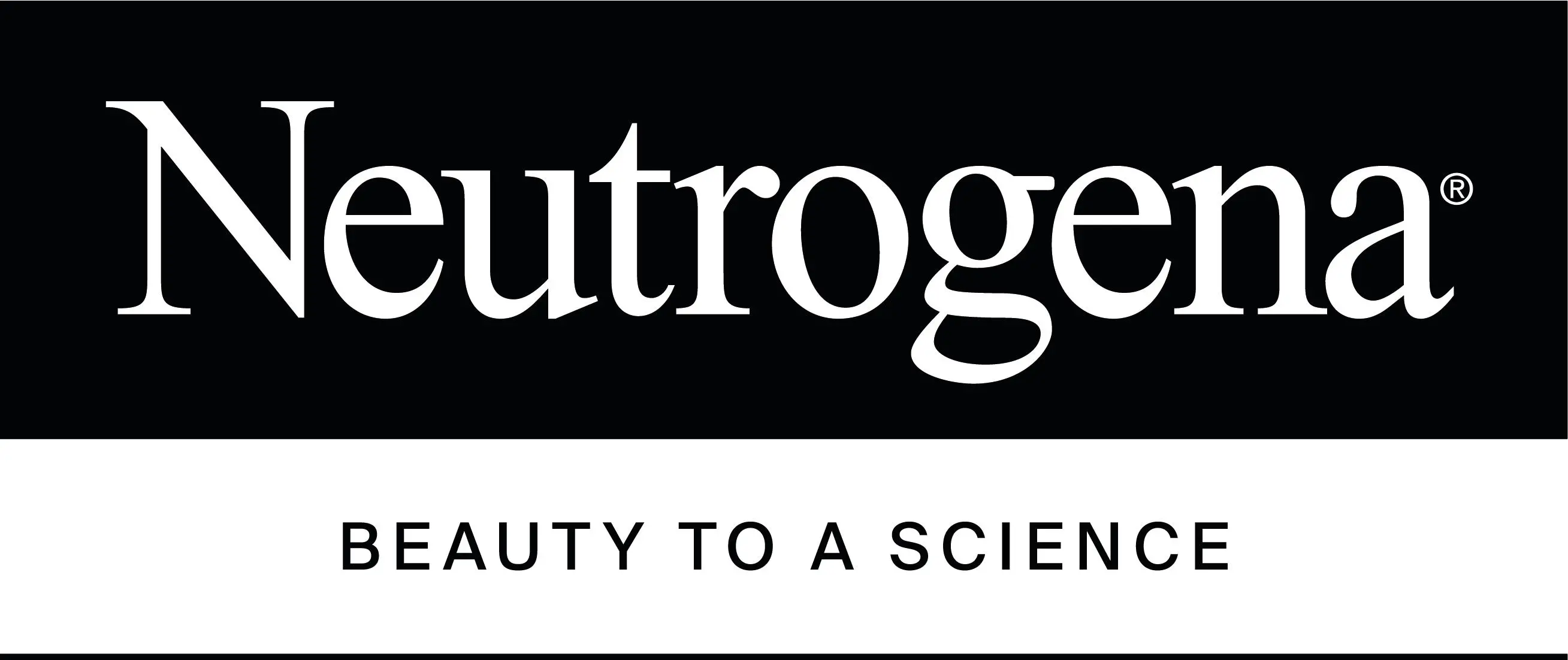Small growths on the skin's surface are generally referred to as pimples. As a common skin issue, pimples are brought on by blocked or irritated oil glands or an increase in specific triggering bacteria. They can become discolored or irritated. Pimples are a sign of acne, which comes in a variety of forms, including cysts, whiteheads, and blackheads. They usually appear on the face, chest, shoulders, and upper back.
In fact, the face is one of the most common areas affected by pimples due to its high concentration of oil glands, particularly around the forehead, nose, and chin—commonly referred to as the T-zone. Facial pimples can range from mild whiteheads and blackheads to more severe cysts and nodules, often leading to discomfort and self-consciousness. They can also become inflamed due to irritation from makeup, excessive touching, or harsh skincare products.
A person's confidence and self-esteem may be significantly impacted psychologically by the appearance of face pimples. Therefore, it is crucial to comprehend the forms and reasons of facial pimples in order to manage their mental toll as well as their physical look. Targeted treatments together with proper skincare can reduce breakouts and enhance the general health of the skin.
What are the Different Types of Pimples?
Pimples are considered a symptom of acne, composed of two categories: Noninflammatory and inflammatory acne. These main categories can be further divided into different types of pimples. These include the following:
Whiteheads and blackheads are noninflammatory acne types:
Whiteheads1: Whiteheads are known medically as closed comedones. These are little lumps or patches that resemble flesh. They often feature a crimson halo around a white, spherical core on lighter skin. The surrounding region may seem black or purple on darker skin. Usually, whiteheads don't leave scars. When a whitehead is big or very elevated, the surrounding skin may seem tight or wrinkled.
Also read to know more on How to get rid of WhiteheadsBlackheads2: Open comedones, often known as blackheads, are tiny, dark patches that might resemble slightly elevated lumps. While the core of a blackhead is darker than the surrounding region, the skin surrounding the blackhead typically looks normal. Trapped dirt is not the cause of this tint. Whiteheads that have enlarged and opened up are called blackheads. The contents of a whitehead discolor as they come into contact with air.
Also read to know more on Types, Causes, Preventions & Treatment of Blackheads.
An individual with more severe acne may have swollen pimples on their back, chest, and face. Inflammatory acne is more severe and can result in problems including pitting and scarring. Different types of inflamed pimples include the following:
Papules3: Papules are lumps beneath the epidermis that have a diameter of less than one centimeter (cm). The actual papules will seem firm, sensitive, and elevated. Usually, a papule's surrounding skin is also irritated. In contrast to whiteheads, papules lack a discernible core, and their pores are not enlarged like those of blackheads.
Pustules4: Larger, sensitive lumps with a distinct circular core that is filled with white or yellow pus are called pustules. On light skin, the region surrounding a pustule appears red or pink; on darker complexion, it appears deep brown or black. Usually, a mix of bacterial and immunological cells gathered in the obstructed orifice make up the pus in the pustule.
Nodules5: Hard, inflammatory lumps seen deep within the skin are called nodules. Nodules lack a head, just like papules. As a severe type of acne imperfection, nodules can result in scarring or dark patches on the skin. When blocked pores get infected and grow under the skin's surface, an acne lesion of this kind forms. Nodular acne may thus be more severe than its outward appearance indicates.
Cysts6: Cysts are huge, painful, white, or red tumors that are located deep within the skin. These cysts are usually soft to the touch and fill with pus, unlike nodules. The most serious kind of acne lesion is a cyst. In extreme situations, a person can need surgery to treat them. Cysts can cause noticeable scarring if they are not appropriately treated.
To conclude, acne comes in several forms. These might range from little pimples to dangerous cysts. Blackheads, whiteheads, and other non-inflammatory blemishes can be signs of acne. These are most frequently found on the face, back, and chest and are caused by an accumulation of oil and dead skin in hair follicles. These obstructions may become inflammatory if germs invade them. Mild pimples, like papules and pustules, to more severe types, like nodules and cysts, are examples of inflammatory forms of acne. A person's quality of life may suffer as a result of severe acne. While most types of acne may be controlled, in more severe situations, a physician could recommend topical creams or medication to lessen the formation of acne.
References
1 Cunliffe, W. J., Holland, D. B., & Jeremy, A. (2004). Comedone formation: etiology, clinical presentation, and treatment. Clinics in dermatology, 22(5), 367-374.
2 Cunliffe, W. J., Holland, D. B., & Jeremy, A. (2004). Comedone formation: etiology, clinical presentation, and treatment. Clinics in dermatology, 22(5), 367-374.
3 Donati, A., Molina, L., Doche, I., Valente, N. S., & Romiti, R. (2011). Facial papules in frontal fibrosing alopecia: evidence of vellus follicle involvement. Archives of dermatology, 147(12), 1424-1427.
4 Mengesha, Y. M., & Bennett, M. L. (2002). Pustular skin disorders: diagnosis and treatment. American journal of clinical dermatology, 3, 389-400.
5 Dev, K., Gupta, A. K., & Misra, S. K. (2021). ACNE: A COMMON SKIN ISSUE.
6 Durairaj, A., Elumalai, K., & Shanmugam, A. (2023). Cystic acne treatment: A comprehensive review. Medicine Advances, 1(4), 318-329.
